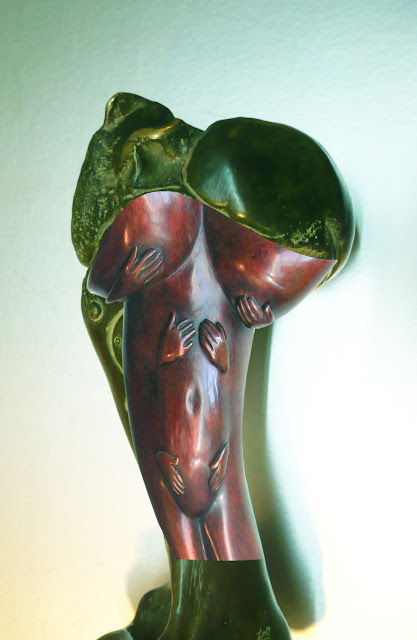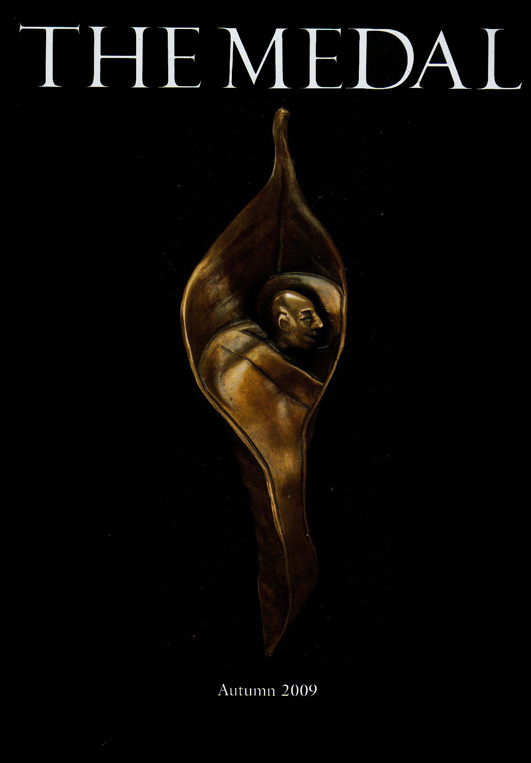lundi 29 juin 2009
EDITION OF 'SHELTER' AVAILABLE
mardi 17 mars 2009
ROYAL INFIRMARY OF EDINBURGH
Below are some photos of the Installations of 'bed plaques' installed in the corridors of the Royal Infirmary of Edinburgh in February 2009.
I chose 56 of the original plaques, dating from 1879 from the old hospital, and complemented them with 36 of my own, arranging them in 5 different installations.
The Thistle Installation represents the Infirmary as a time-line, the living stem of a thistle with its roots in the old Infirmary building and culminating in the thistle head - the floor plan of the new Infirmary.
As the Royal Infirmary of Edinburgh was a voluntary hospital before the National Health System which started in 1948, the old hospital plaques represent funds provided by private sponsors.
I chose 56 of the original plaques, dating from 1879 from the old hospital, and complemented them with 36 of my own, arranging them in 5 different installations.
The Thistle Installation represents the Infirmary as a time-line, the living stem of a thistle with its roots in the old Infirmary building and culminating in the thistle head - the floor plan of the new Infirmary.
As the Royal Infirmary of Edinburgh was a voluntary hospital before the National Health System which started in 1948, the old hospital plaques represent funds provided by private sponsors.
Inscription à :
Articles (Atom)












































